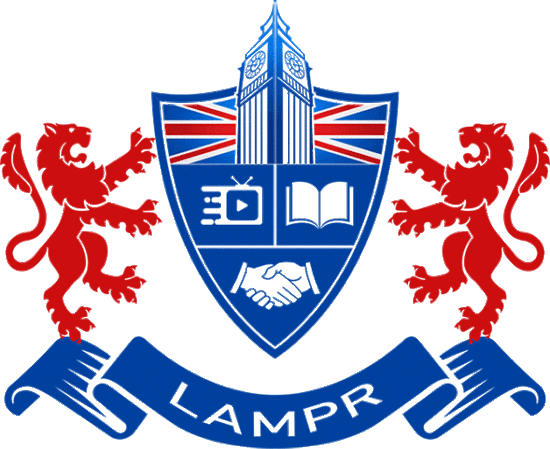Course Description
In-Studio TV Directing Course
Management of the performance of a full crew of workers in lighting, monitoring, screenplay, sound, writing, presentation, and more. No matter how creative the individual work is, team management requires greater creativity to embody, arrange, and transform that creativity into a single form that visually embodies television screens.
If the specialized work of lighting, sound, presentation, and others has a clear form and a specific nature, then the output within the studio adjusts the different rhythms by creative scales in the first place, not necessarily following a single frame or form of directing.
What increases the importance of directing within the studio is that each program has a different colour, as the direction of entertainment programs is different from the way of directing talk shows, dramas, news programs, satirical programs, and others.
The general objectives of the in-studio TV directing course
The course aims to enable participants to understand and know the following foundations:
• elements of visual language that make up the studio and how to employ those elements to serve the content provided.
• dealing with the technical cadres working inside the studio, and understanding the nature of each worker and technician.
• control and management of technical quads, as well as prioritization method
• Output TV shows inside the studio through one or several cameras.
• Using the available television techniques that are employed in the output of news and programs
Topics of the In-Studio TV Directing Course
1-A historical introduction to the emergence of the image, international art schools, and artistic terminology.
2-Identify the basics and principles of television directing.
3-Who is the director, and what specifications should he have?
4- Principles and rules of television output.
5-Identify the nature and work of technical teams and photography cadres within the studio.
Identify the concepts of visual language and show them in photography.
7-Characteristics of the image and elements of visual composition
8-Creative and dramatic elements
9-Sizes and angles of footage inside the studio.
10-Camera movement, lighting, editing, visual and audio effects inside the studio.
11-techniques and mechanisms of directing within the studio.
12-Stages of directing and implementing television work or images.
13-Television production includes decoration, photography, editing, graphics, soundtrack, mixing, and others.
Activities and Training Methods
• Training lecture
• Field experiments
• Panel Discussions
Features
- Airport-to-hotel transfer.
- Coffee breaks.
- Study materials.
- Farewell open buffet.
- London tours, Buses & boats.
- Hotel-to-airport transfer.






